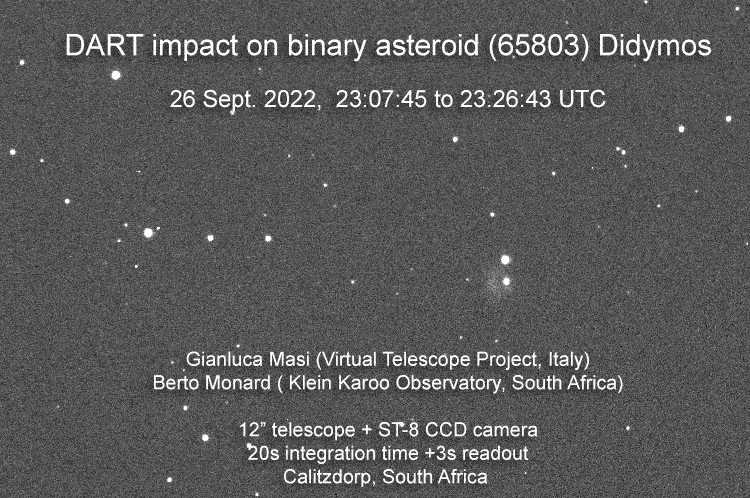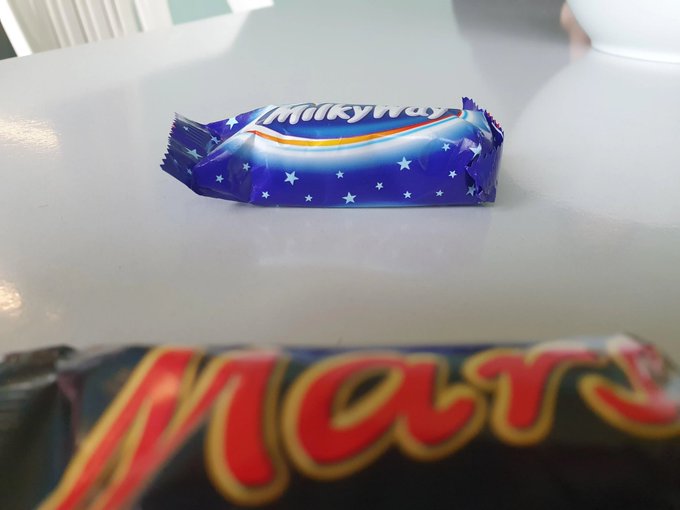commando
Active member
i didn't read it all....just enough to know i wasn't qualified to paraphrase. lolHow did the "sound" get to our receiver? I get that a cluster could have enough gas to be a vehicle for soundwaves, but I'm assuming there is a very large vacuum between the gas filled cluster and the receiver used to collect the data.
Please, no one take this as "scientists are lying to us!", I'm genuinely curious.
https://chandra.si.edu/photo/2022/sonify5/
In this new sonification of Perseus, the sound waves astronomers previously identified were extracted and made audible for the first time. The sound waves were extracted in radial directions, that is, outwards from the center. The signals were then resynthesized into the range of human hearing by scaling them upward by 57 and 58 octaves above their true pitch. Another way to put this is that they are being heard 144 quadrillion and 288 quadrillion times higher than their original frequency. (A quadrillion is 1,000,000,000,000,000.) The radar-like scan around the image allows you to hear waves emitted in different directions. In the visual image of these data, blue and purple both show X-ray data captured by Chandra.




